Advertisement
You don’t need a huge setup to work on serious data problems anymore. Whether you're cleaning datasets, building machine learning models, or trying to make sense of user behavior, the right platform makes your work easier. But with so many tools, it’s easy to feel lost. Some are too complex. Others are slow or locked behind paywalls.
Here’s a closer look at the top 10 data science platforms in 2025—ones that actually help you get the job done, without the fuss.
JupyterLab remains the favorite notebook tool for many. It’s open-source, light, and flexible. It supports multiple languages (Python, R, Julia), handles data visualizations well, and allows you to keep notes right next to your code.
In 2025, JupyterLab will have improved multi-kernel support and easier integration with cloud storage like S3 and Google Drive. It's the ideal place to quickly test code, tweak data pipelines, and visualize outputs. For solo data scientists or small teams, it's still a top pick.
Databricks combines everything in one place—data storage, notebooks, workflows, model training, and deployment. Originally built around Apache Spark, it’s grown into a full data science workspace.
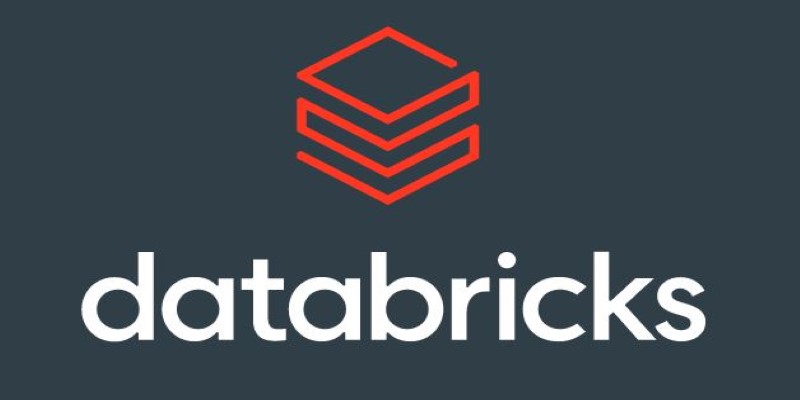
The 2025 version comes with better collaboration features, real-time sharing, and solid MLflow support. Companies use Databricks to handle massive data pipelines, but it also scales down well for individuals. If you need a serious, production-grade setup, this is where many pros work.
Google Colab continues to attract learners and fast movers. It gives you a free GPU, quick access to Python libraries, and deep integration with Google Drive.
In 2025, Google Colab now supports teamwork and version control. You can build models, test ideas, or run demos without setting up anything. It's perfect for students, hobbyists, or anyone trying to move fast.
If you're looking to skip manual model tuning, DataRobot still leads the AutoML space. It analyzes your dataset, tries multiple models, and suggests the best-performing one—no deep coding needed.
By 2025, it will offer stronger explainability features. You can see why a model made certain predictions and where it might fail. It's trusted in finance, healthcare, and retail, where decisions have consequences.
KNIME is a drag-and-drop platform that doesn’t require heavy programming. You connect blocks to clean, analyze, and model your data. It’s visual and easy to follow.
This year, KNIME added deeper integrations with TensorFlow and Hugging Face, so you can now build deep learning workflows without writing raw code. It’s great for people who understand data workflows but don’t want to spend hours on syntax.
If your work runs on AWS, SageMaker is the most complete tool in Amazon’s AI kit. It helps you build, train, deploy, and monitor models at scale.
The 2025 version improves cost transparency and resource scaling, and now comes with built-in tools for monitoring model drift in real-time. It's perfect for large businesses or anyone who wants to keep their stack inside AWS.
RapidMiner is another visual tool that’s been making quiet but steady improvements. You can use its simple workflow builder to test multiple models and get results fast.
In 2025, it will offer better integrations with Python and support Jupyter notebooks inside the platform. It’s strong for users who want machine learning but don’t want to dive into raw code all day. It also adds built-in templates for common tasks, making the modeling process smoother for non-technical users.
Watson Studio has seen a quiet comeback. It’s now much more user-friendly, with smoother data prep tools and faster AutoAI features. IBM has simplified pricing and improved support for open-source tools like scikit-learn and TensorFlow.
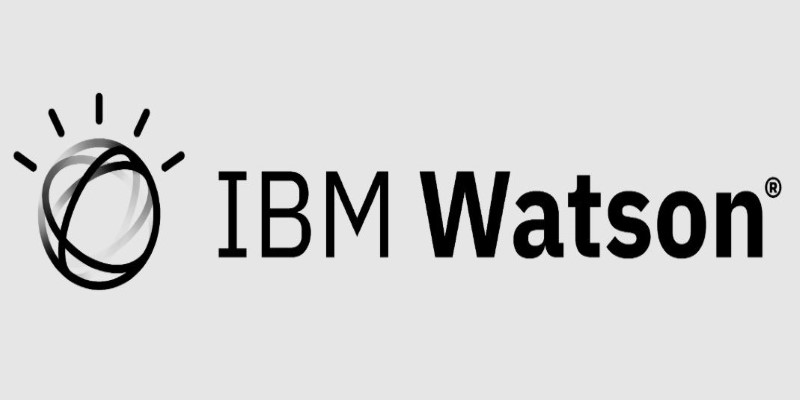
It's a good option for companies already using IBM Cloud tools. While it may not be the first pick for startups, Watson Studio can handle heavy, enterprise-level tasks with security, compliance, and solid workflow automation in place.
Azure ML has matured into a steady, reliable platform. It gives you full control over datasets, models, pipelines, and deployment. You can use Jupyter notebooks and visual interface tools to connect to other Azure services easily.
The 2025 update brings tighter integration with GitHub Copilot and stronger support for MLOps practices like model versioning and testing. If your stack is already on Microsoft Azure, this is your home base for data work.
Hex is one of the newer platforms, but in 2025, it became very popular with startups and analysts. It combines notebooks with dashboards, making it easy to build reports from your data exploration.
The real power of Hex is its clean interface and how quickly you can share insights. You can turn raw analysis into a presentable dashboard in minutes. It’s great for teams that want to collaborate fast without jumping between tools.
The best data science platform is the one that fits how you work right now. You don't need the most advanced or expensive tool—just one that matches your current projects and comfort level. Some people prefer coding everything from scratch. Others want visual tools with less setup. In 2025, most platforms will offer flexible options and built-in automation, so you can choose what feels right. Whether you're running quick experiments, deploying models, or sharing dashboards, there's a tool that can help you do it faster and cleaner. Pick based on your workflow—not hype, not features you might never use. Stick with what works today and helps you stay focused.
Advertisement

Explore 10 emerging trends in beauty tech transforming how cosmetics are created, marketed, and applied.

Discover how ChatGPT can revolutionize your cooking routine by offering meal plans, recipe ideas, and even cooking tips based on what’s in your kitchen
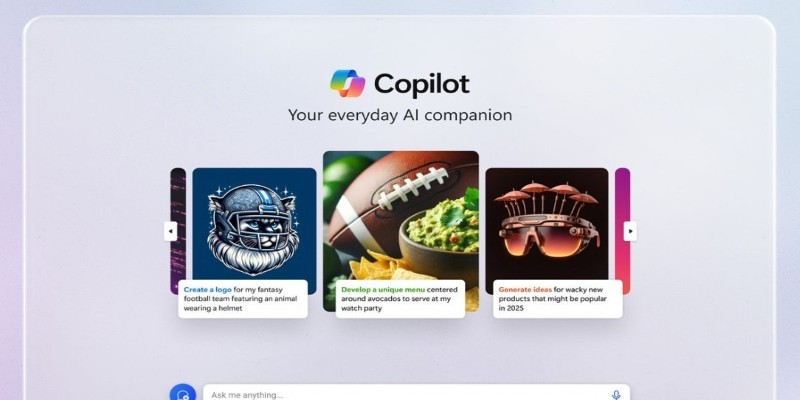
How to generate and edit DALL·E 3 images step by step using the Copilot Image Creator. Discover how to turn text prompts into stunning visuals and make quick edits—all without design skills

Adobe plans to integrate generative AI tools from OpenAI and others to boost creative workflows and user productivity

In daily life, inductive arguments transform ideas, guide behavior, and enable intelligent choices grounded on noticed trends

What’s really going on inside a black box AI model? Discover how deep learning, abstraction, and randomness make AI powerful—but hard to explain

Looking for the best Synthesia AI alternatives in 2025? Discover smart AI video tools that help you create videos with avatars, text-to-speech, and script automation faster and easier

Want to chat, learn, or translate using ChatGPT in another language? Discover how it handles multiple languages and helps with grammar, vocabulary, and fluency
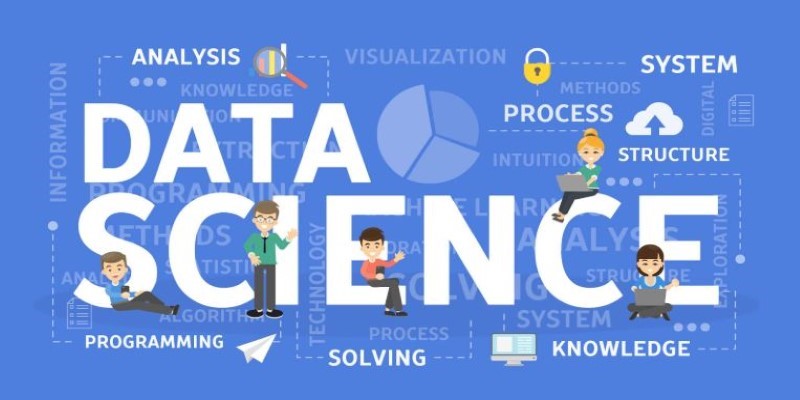
Explore the most reliable data science platforms in 2025. From notebooks to automated modeling, find the best tools for data science across all skill levels

Looking for the best AI grammar checkers? This guide lists the top tools to improve clarity, fix errors, and make your writing sharper with ease
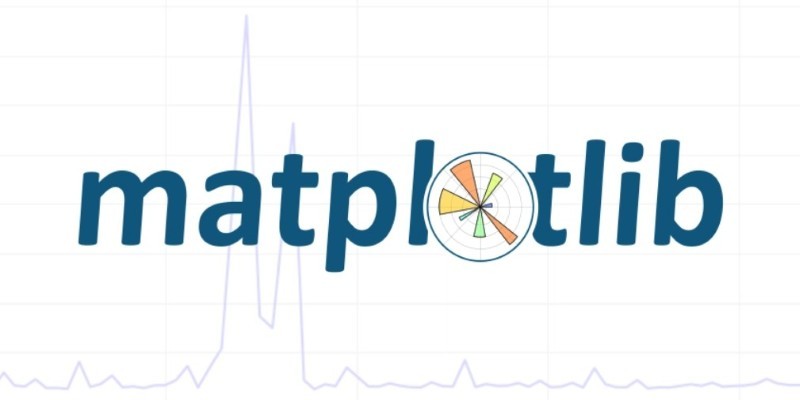
Find out the 10 unique ways to use advanced data visualization with Matplotlib to make your charts more engaging, clear, and insightful. From heatmaps to radar charts, learn how to go beyond basic graphs and explore deep-er patterns in your data
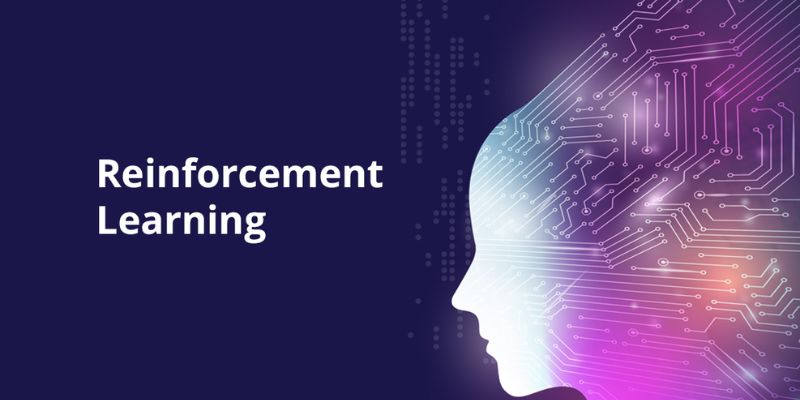
Discover reinforcement learning key concepts, training AI through feedback, and machine learning with rewards in action here